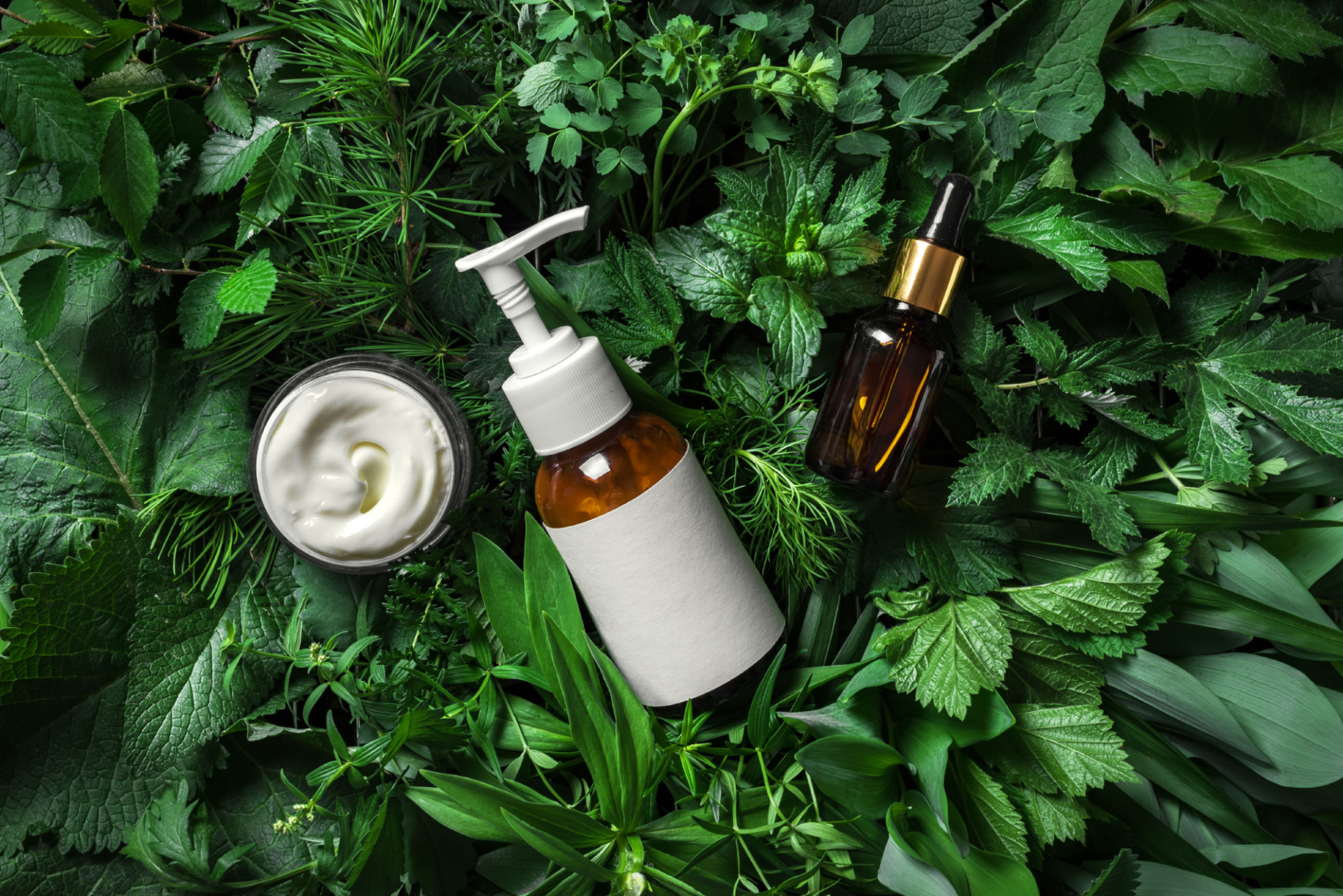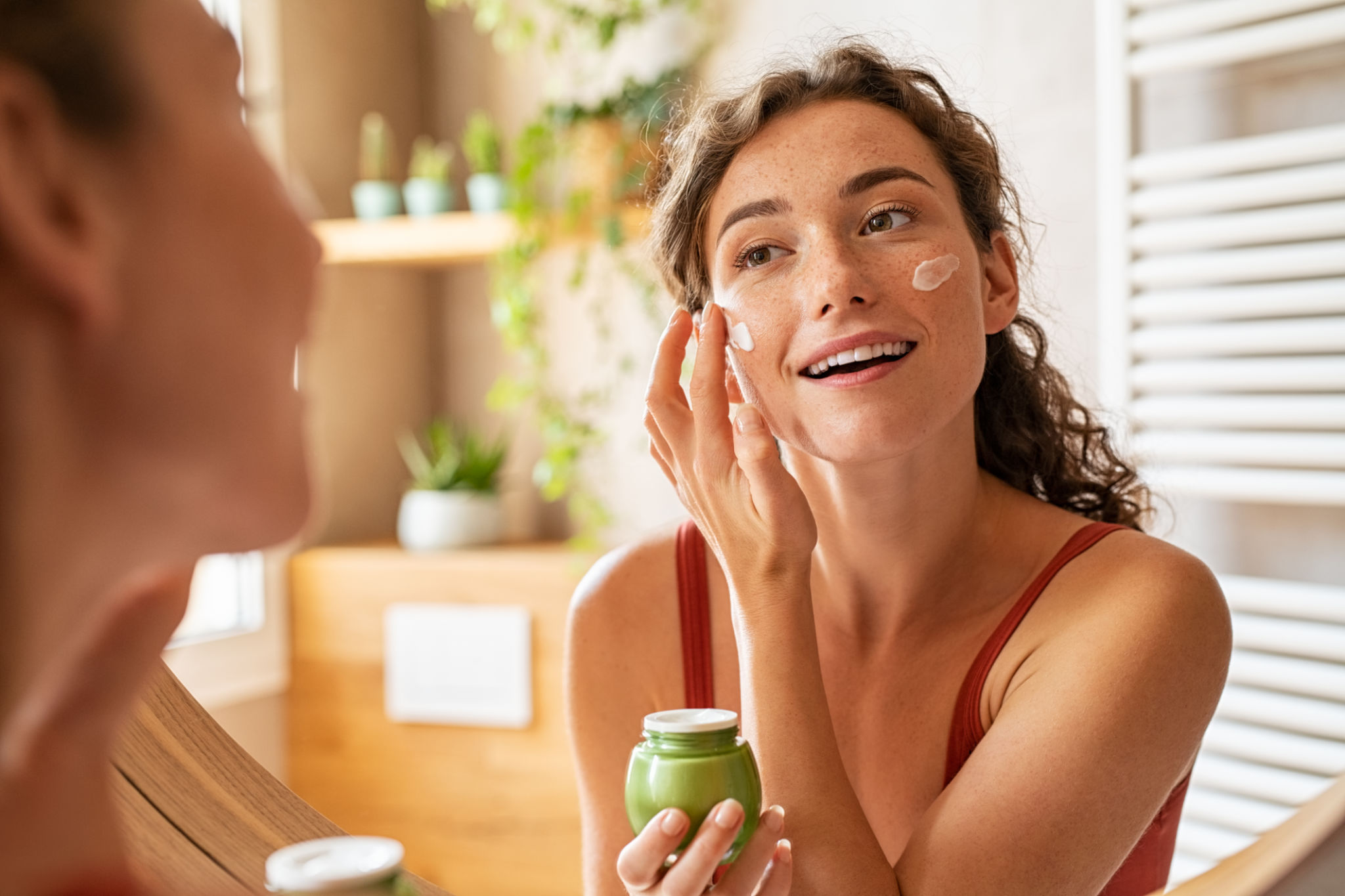Debunking Myths: Top Misconceptions About Eco-Friendly Beauty Treatments
Understanding Eco-Friendly Beauty Treatments
In recent years, there has been a significant shift towards eco-friendly beauty treatments as more people become conscious of their environmental impact. However, with this growing trend comes a host of misconceptions that can lead to confusion and skepticism. In this blog post, we aim to debunk some of the most common myths surrounding eco-friendly beauty treatments.

Myth 1: Eco-Friendly Means Less Effective
One of the most pervasive myths is that eco-friendly beauty treatments are less effective than their conventional counterparts. This misconception likely stems from the belief that natural ingredients cannot deliver the same results as synthetic ones. However, many eco-friendly products are formulated using powerful natural ingredients known for their effectiveness.
For instance, ingredients like aloe vera, tea tree oil, and shea butter have been used for centuries for their healing and moisturizing properties. Advances in technology and formulation techniques have also enabled eco-friendly products to perform on par with, if not better than, conventional products.
Myth 2: Eco-Friendly Products Are Always More Expensive
Another common misconception is that eco-friendly beauty treatments are always more expensive. While it's true that some eco-friendly brands may be priced higher, this is not universally the case. The price difference often depends on factors such as brand positioning, ingredient sourcing, and packaging.

Consumers can find a range of affordable eco-friendly options at various price points. Additionally, investing in high-quality eco-friendly products can save money in the long run, as they often require smaller quantities and less frequent use due to their concentrated formulas.
Myth 3: All Natural Ingredients Are Safe
It's a common belief that all-natural ingredients are inherently safe for everyone. However, this isn't always true. Just like synthetic ingredients, natural components can cause allergic reactions or skin irritation for some individuals. It's essential to perform patch tests and read ingredient labels carefully, even when using eco-friendly products.
Understanding your own skin type and sensitivities will help you choose the right products. Companies specializing in eco-friendly beauty often provide detailed information about their ingredients, making it easier for consumers to make informed decisions.

Myth 4: Eco-Friendly Beauty Treatments Are Just a Fad
Some people view eco-friendly beauty treatments as a passing trend, but the shift towards sustainability in the beauty industry is here to stay. With increasing awareness of environmental issues and consumer demand for transparency, brands are continuously innovating to offer sustainable options without compromising quality.
This movement is part of a larger global effort to reduce waste and environmental impact, making it unlikely to fade anytime soon. As more people adopt eco-conscious lifestyles, the demand for sustainable beauty solutions will continue to grow.
Conclusion
Debunking these myths can help consumers make informed choices about eco-friendly beauty treatments. By understanding the realities behind these misconceptions, individuals can embrace sustainable beauty practices confidently. Remember, being eco-friendly doesn't mean sacrificing quality or effectiveness—it's about making conscious choices that benefit both you and the planet.